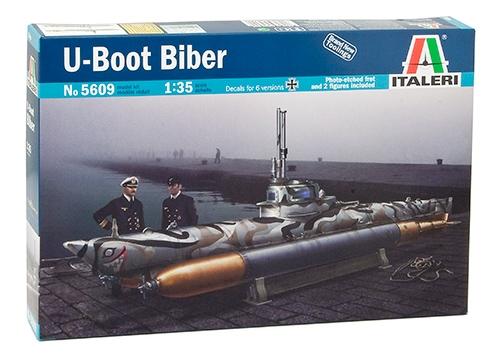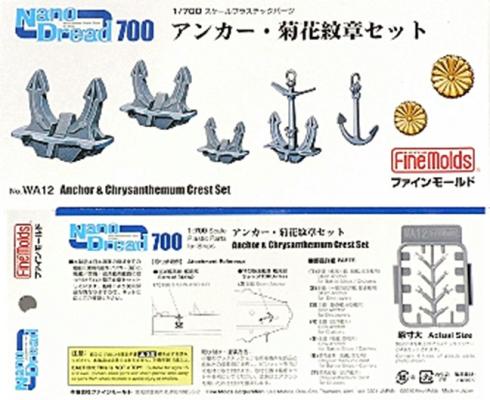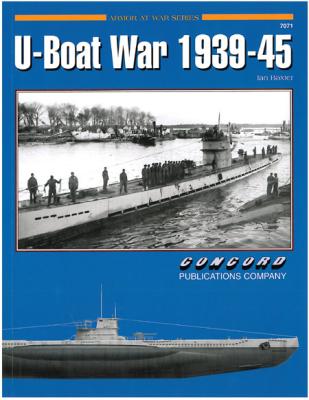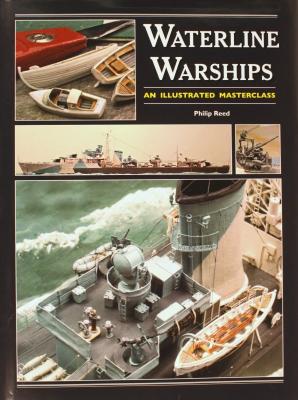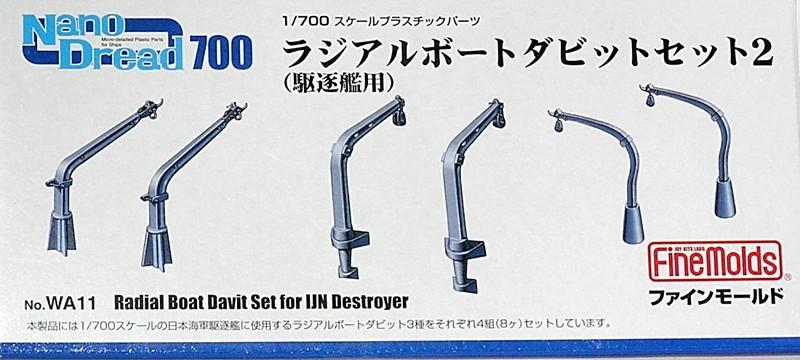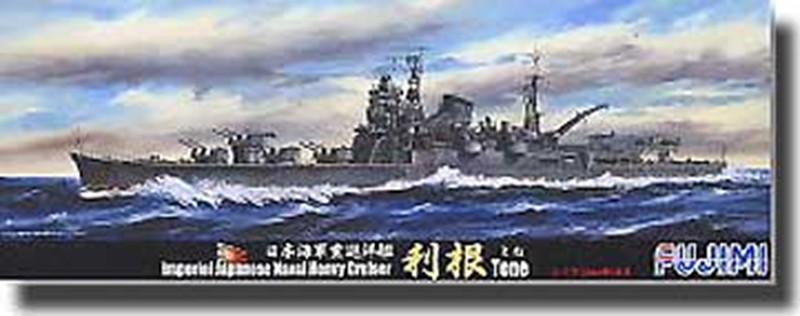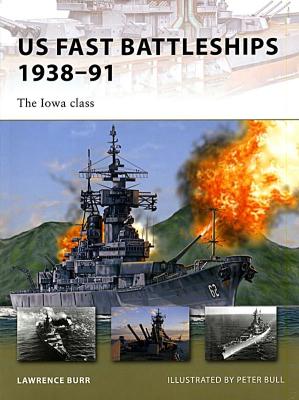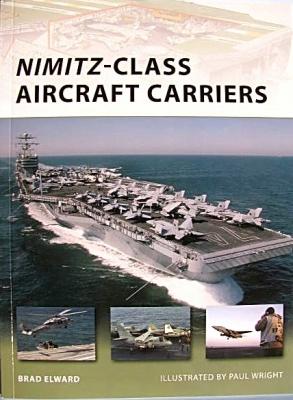Most people are aware of the large WWII German U-boats as they appear in movies, video games and on TV very frequently. These are typically the large Type VII and Type IX boats. Many don’t realize the Germany also had a very active midget submarine effort going where one or two man subs attacked and sunk shipping.
While there are several different types, the one we are looking at is a one man sub named Biber (Beaver). There were 324 built towards the end of the war. While not very successful (they sank or damaged 9 ships versus losses of 70 subs), they do hold a spot in the history of the Kriegsmarine.

